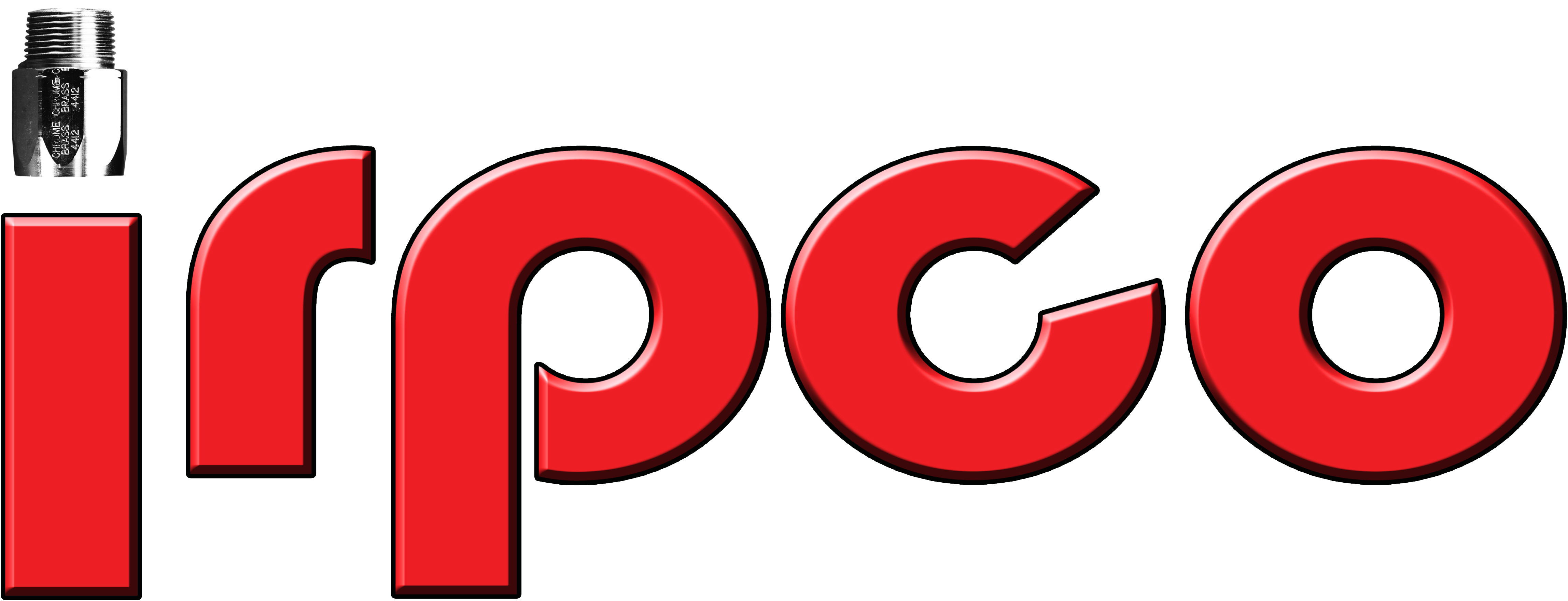MAINTENANCE INFORMATION
HOSE
Fuel dispensing hoses must withstand the effects of sun, cold, and heat as well as the jerking and pulling of customers all the while conveying a toxic and highly flammable substance. Hose should be checked regularly for signs of wear. Blisters, flat spots, kinks, soft spots, cover cracks or any cuts or gouges deep enough to expose the wire or fabric reinforcement are all reasons to remove the hose from service. The Rubber Manufacturers Association recommends a five year shelf life for hose stored under optimum conditions. Use in a fueling environment is not an optimum condition and thus hoses should be placed on a regular schedule for inspection and removal from service as needed.
COUPLINGS
Couplings should be checked regularly for corrosion or dampness. If the coupling is stained or wet the hose assembly should be removed from service. Swivel couplings have moveable parts which are susceptible to wear. Swivel couplings should be carefully inspected for any signs of dampness or wear to any of their component parts. All couplings should be free of dirt and grime. Each end of the hose assembly should be checked to make sure the coupling has not slipped, and that its’ attachment to the hose is not compromised.
For more information about hose maintenance, including recommended maintenance schedules please see the
Petroleum Equipment Institute’s RP500 Recommended Practices for Inspection and Maintenance of Motor Fuel Dispensing Equipment.
View printable checklist here.


